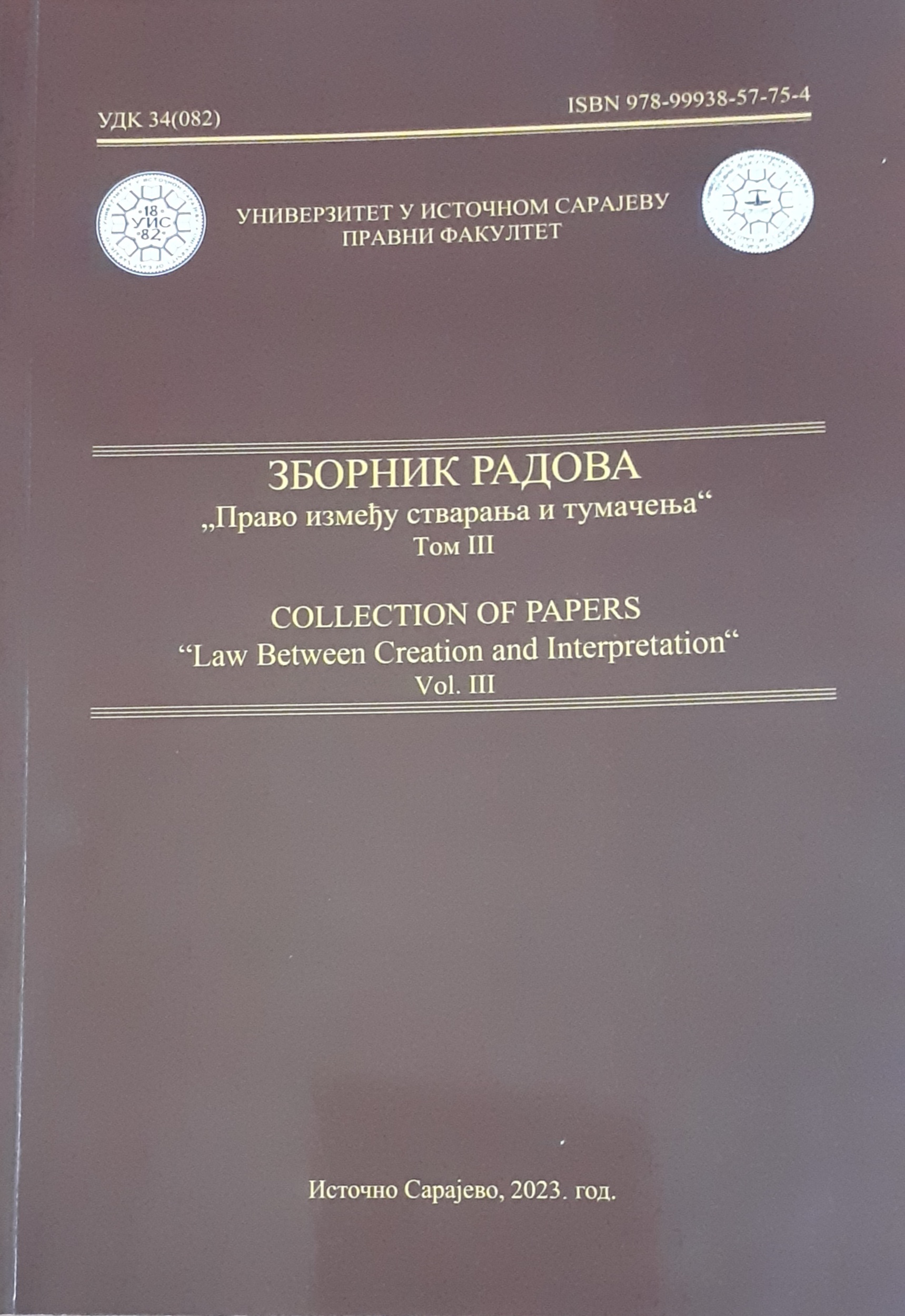Data Protection Aspects of the Use of Facial Recognition Systems for Law Enforcement
Data Protection Aspects of the Use of Facial Recognition Systems for Law Enforcement
Author(s): Bálazs Gáti
Subject(s): Law, Constitution, Jurisprudence, ICT Information and Communications Technologies
Published by: Правни факултет Универзитета у Источном Сарајеву
Keywords: Law enforcement; Data protection; Facial recognition;
Summary/Abstract: Aim of the research: As law enforcement authorities increasingly use facial recognition technology systems for authentication or identification of persons involved, there is a significant risk to the rights and freedoms of natural persons due to the processing of personal biometric data. Although these systems offer indispensable advantages for law enforcement authorities, compliance with the requirements of necessity and proportionality, as specified in the Directive on Data Protection and the Charter of Fundamental Rights, is essential. This study aims to answer how it is possible to use facial recognition technology systems in accordance with the above requirements, especially in the case of data processing for law enforcement. Methods: The study analyses the European Data Protection Board's guidelines on the use of the facial recognition technology in law enforcement (EDPB Guidelines 05/2022), as well as the Directive on Data Protection to be implemented to law enforcement and the Charter of Fundamental Rights. It also examines the discretionary and sovereign powers of authorities in each member state and the potential applications of facial recognition technology beyond the scope of the Directive, including public safety and commercial aspects. Results: The European Data Protection Board holds that facial recognition technology systems can only be used in accordance with the requirements of necessity and proportionality specified in the Directive on Data Protection and the Charter of Fundamental Rights. However, exceeding the scope of the Directive, facial recognition technologies can serve many purposes, including public safety and commercial aspects. Conclusion: While facial recognition technology systems carry significant risks to the rights and freedoms of natural persons, compliance with the requirements of necessity and proportionality can reduce these risks. Authorities in each member state have different discretionary and sovereign powers, which must be considered in implementing and using facial recognition technology systems.
Book: Зборник радова "Право између стварања и тумачења" Том III
- Page Range: 306-328
- Page Count: 23
- Publication Year: 2023
- Language: English
- Content File-PDF

